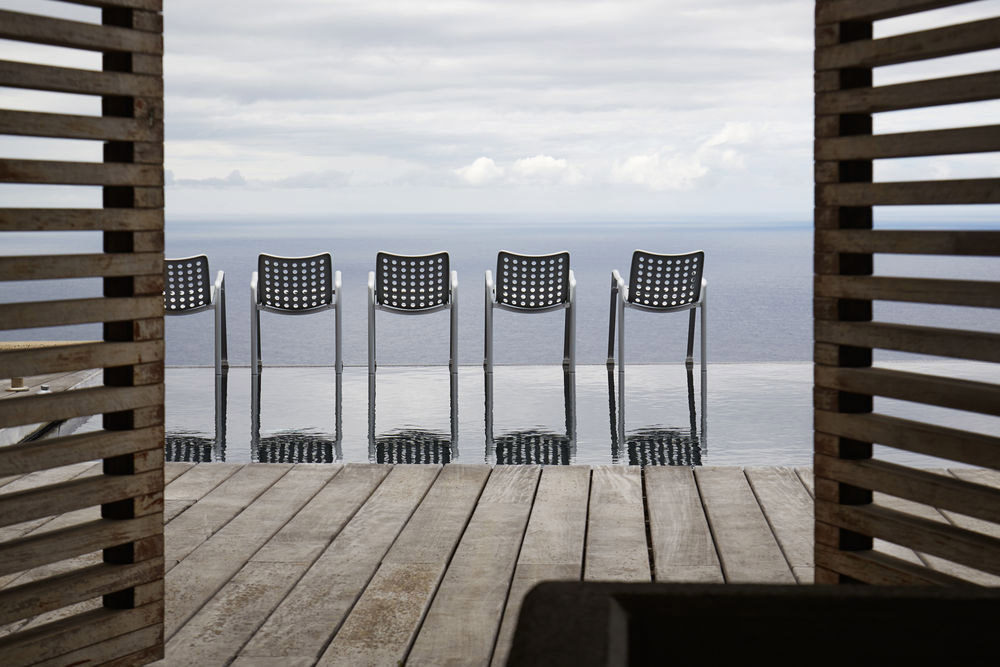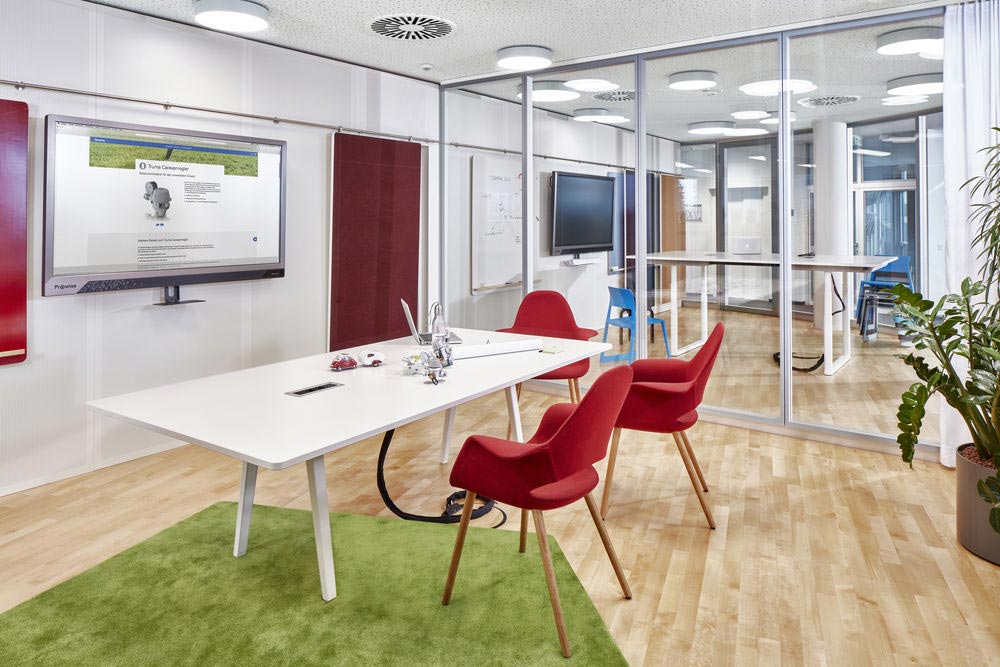Discover our e-shop and access a digital catalogue of over 40.000 design products.
Go to shop24 May 2021

Formal coherence, style and color characterize Vitra’s most iconic seats
The history of Vitra is a story of scouting, of the search for talent and the most interesting projects that have resulted, always, in unique pieces. Each piece of furniture produced by the company becomes an icon and brings innovation to its category. Vitra, in fact, sips the new collections and rather presents a few new pieces full of character. It is part of its DNA and of its entire history: from the very beginning the company has chosen the best, finding pure design talents and giving them a voice. Austerity and functionality have also always left room for irony and formal experimentation, accompanied by another characterizing element: the use of color. Despite being an iconic company, Vitra is not afraid of bright palettes and knows how to decline them with elegance and taste. One of the categories in which the company best expresses this inclination is that of seats which well represent the dynamics of trust and mutual inspiration between Vitra and the designers whose creations it produces.
Vitra’s formal experimentation has one of its most famous expressions in the Panton chair (on the cover), the sinuous, almost anthropomorphic seat, designed by Verner Panton in 1960 and put into production by the company in 1967. It was the first chair to be produced in a single piece of plastic: sculptural and comfortable, it fits both alone and in a group. The color palette includes bright colors that make it even more interesting and full of character.

Charl and Ray Eames spent a lot of time looking for an accessible but also perfect seat from the point of view of comfort, which consisted of a single shell. After experimenting with different materials including plywood and aluminum foil, they came up with a definitive version in fiberglass-reinforced synthetic resin. The seat was put into production in 1950 and was a disruptive innovation both from the point of view of materials and from the point of view of design. Today Vitra produces the Plastic Chair in an incredible amount of variations concerning both the base and the seat and its colors. A large family of elements perfect to combine.


The Landi Chair is a surprising example of modernity: designed in 1938 it is incredibly current both from an aesthetic and a design point of view. It consists of two components: the base formed by two elements joined together that act as feet and armrests, and the seat characterized by 91 holes that make the chair light (which is also stackable) and also determine its aesthetic appearance.

Organic Chair by Charles Eames & Eero Saarinen

It is a reading chair but also a dining or conference chair: its versatility is due to the comfort ensured by the padded and upholstered shell equipped with armrests. Its sinuous shape wraps and follows the curves of the back. The wooden feet, oblique, help to determine its appearance and stability.

Wire Chair by Charles and Ray Eames

The welding technique used to make the Wire Chair is the same used to make the base of the Eiffel Tower. Designed in 1950, it is gritty and refined at the same time and its powder-coated version can also be used outdoors.
Chaise Tout Bois by Jean Prouvé

Tout Bois in French means “all wood” and this name is linked to the historical period in which the chair was conceived. It was 1941 and the Second World War had made the metal impossible to find. Jean Prouvé, found himself having to replace this material and focused entirely on wood, creating a unique seat.
